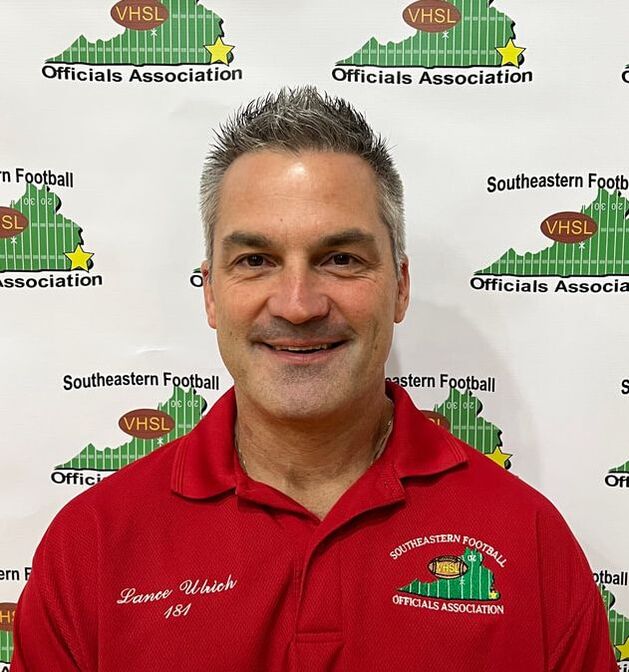|
WEEK 3: BLOCKING
1. When considering blocking below the waist, observe the initial movement by offensive linemen. In most cases, the initial move will be the limiting factor. The block must be lineman on lineman, in the free blocking zone and executed before the ball leaves the free-blocking zone. If the block is not initiated immediately after the snap, it is likely the ball has left the free-blocking zone. That is especially true when the quarterback is not under center or the offense is in scrimmage kick formation. 2. For blocks in the back, if one hand is on the number and the other hand is on the side and the initial force is on the number, it is a block in the back. The force of the block could be slight and still a foul if the contact propels the player past the runner or prevents him from making the play. If the force is clearly on the side, it is not a foul. If the blocker is in a “chase mode,” all the action must be on the side. If an official can see both jersey numbers, unobstructed, on the back of the player being blocked when the initial contact occurs, it’s difficult to rule such contact a foul. Mere contact with the opponent’s back, such as a slight brush that does not change the contacted player’s stride, is not a foul. However, if the defender stumbles and misses an opportunity to make a tackle, it is a foul within the intent of the rule. 3. Blocks that start on the side and subsequently end up in the back are not fouls as long as contact is maintained throughout the block. It’s important to distinguish between contact from the side, which is legal, and illegal blocks in the back, which carry a penalty. One criterion is whether the person being blocked had an opportunity to see the blocker before being hit. A block from the side, even though it results in a player being put on the ground, is not a foul unless for some other reason it is also a personal foul.
1 Comment
|
Blog AuthorLance Ulrich has been a football official since 2002, and a member of SEFOA since 2009. Archives
March 2023
Categories |

 RSS Feed
RSS Feed